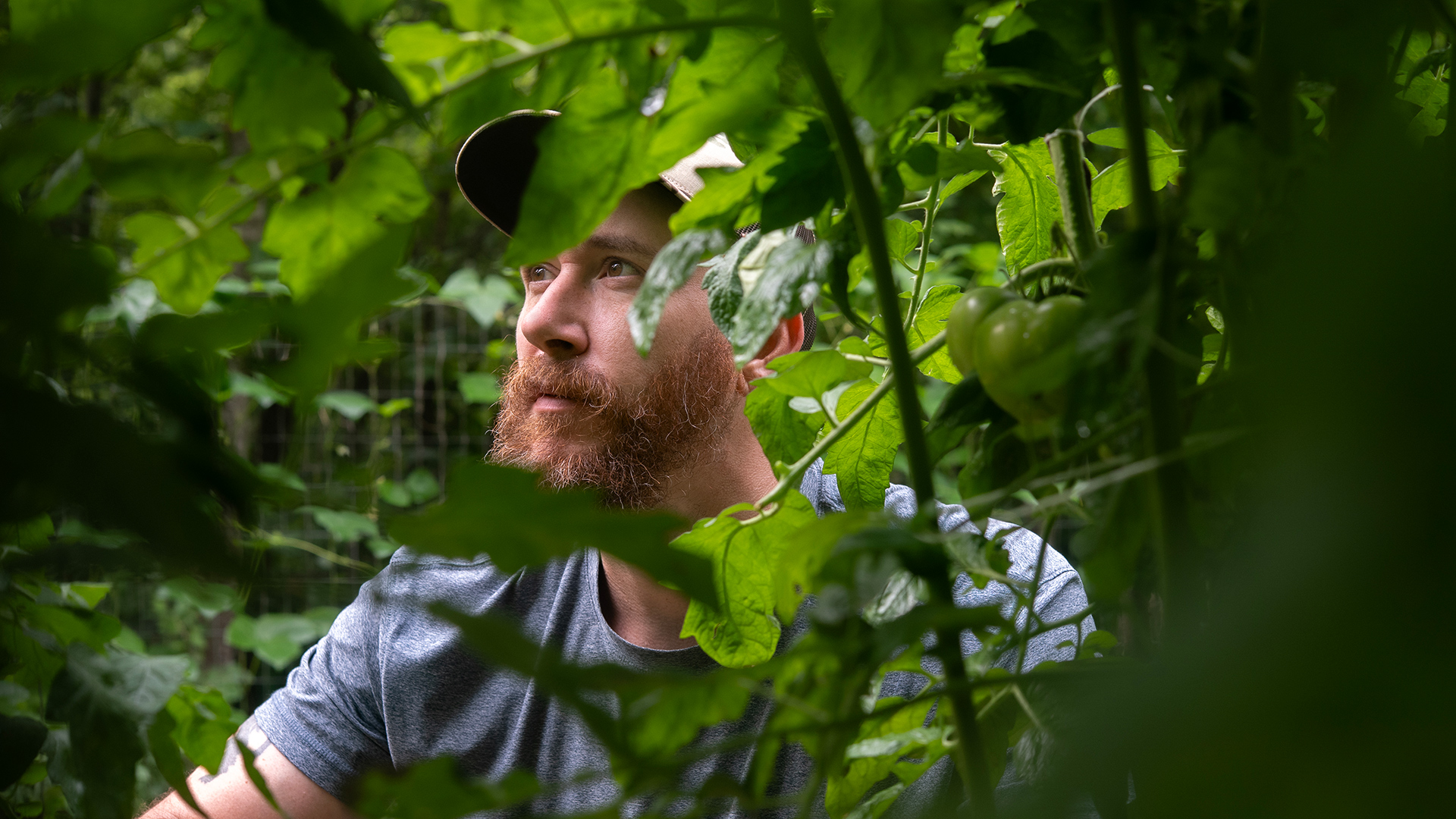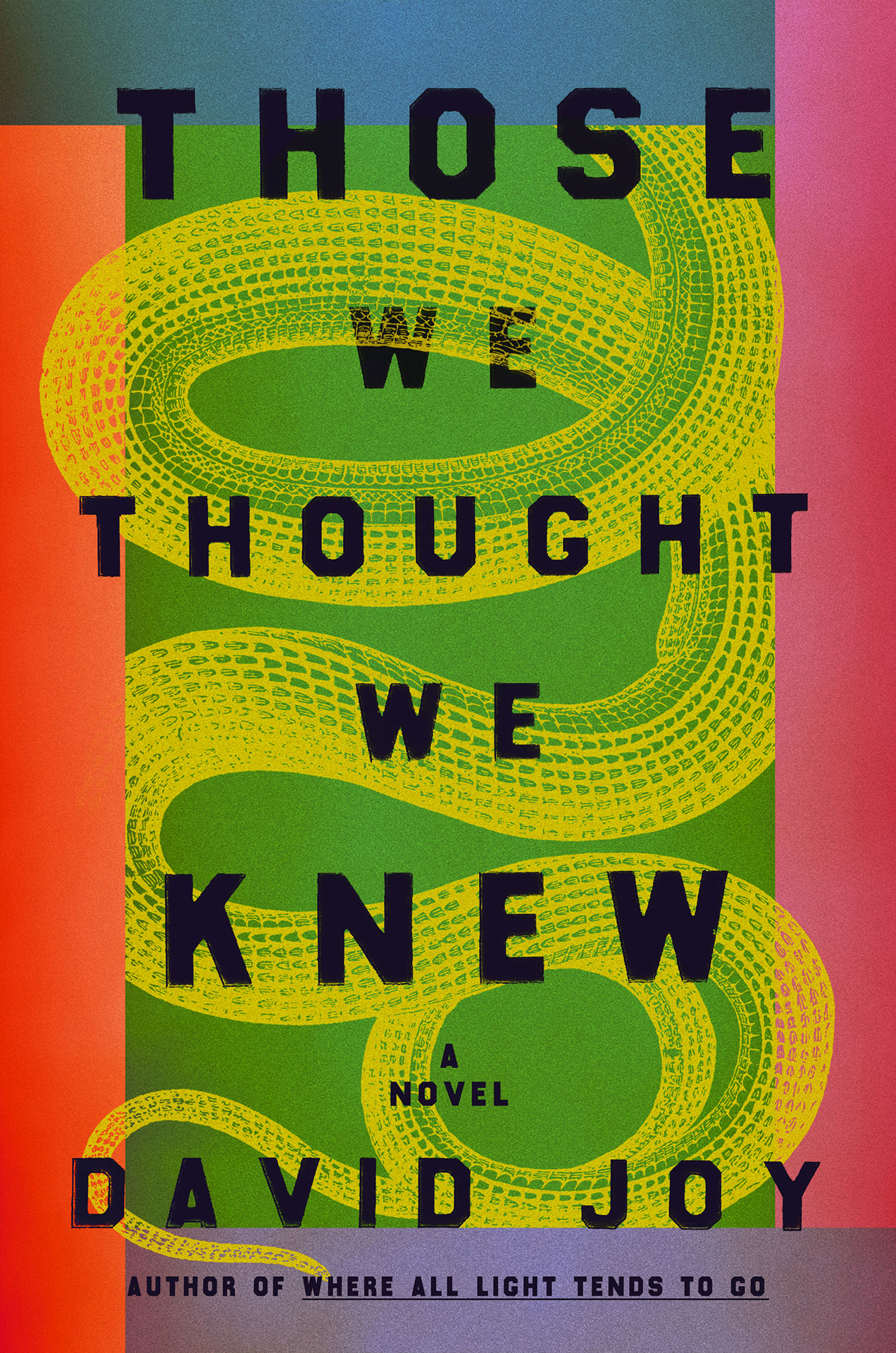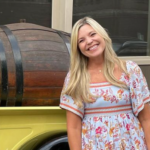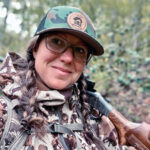
The Threads, Both Light and Dark, of Life in Appalachia
A review of “Those We Thought We Knew,” the fifth novel by David Joy
David Joy’s fifth novel, Those We Thought We Knew, is part crime fiction, part social commentary, and so beautifully written it oftentimes reads more like poetry than prose.
It’s an unearthing of sorts, exploring overarching themes of family, history, racism, pride, rural gentrification, and ultimately the disappearance of Appalachian communities and culture. Joy is a master of pacing, creating tightly wound prose, frequently delivering a gut punch and unanticipated plot twist in a single, well-crafted sentence. Featured in PBS’s current Southern Storytellers series alongside such artists as poet Jericho Brown, novelist Jesmyn Ward, and songwriter Jason Isbell, Joy is inarguably one of his generation’s finest writers. And Those We Thought We Knew just might be one of the most important books you’ll read this year, a crime novel unlike any other through its insistence that not being racist is not enough.
Dedicated to Marie Cochran, installation artist and founder of the Affrilachian Artist Project, Joy’s latest work of fiction weaves a compelling mystery, while making a critical point: If we’re not listening to others and considering experiences other than our own, we cannot effect positive change and heal generational and cultural wounds.
In search of her roots, young Black artist Toya Gardner leaves Atlanta to spend the summer with her grandmother Vess Jones in the small, rural town of Sylva, North Carolina. While working on her master's thesis in art at a local university, she learns of a long-forgotten part of the university’s history. While Joy does not name the school, it will be obvious to locals that it is Western Carolina University, of which Joy is a respected alumnus. Toya learns that around 1929, the university bought the land underneath the Black congregation of the Cullowhee African Methodist Episcopal Zion Church, founded in 1892 by eleven former slaves, then removed and relocated the building—and the dead in its cemetery—to build a dormitory.
With the help of a handful of fellow graduate students, Toya shakes the collective consciousness of the community through a piece of installation art that digs up the university’s past and puts it on full display. Later, Toya takes on the town’s Confederate monument “Sylva Sam,” using red latex paint to metaphorically reveal the blood on his hands. Coinciding with these events, William Dean Cawthorn, a drifter with ties to the Ku Klux Klan, shows up in Sylva carrying a notebook with a list of Klan members who are among the town’s most powerful residents.
Those We Thought We Knew is much more than a riveting murder mystery. It’s a gorgeous narrative that explores how racism, pride, and lack of communication poison and destroy relationships and communities. The story shows how Toya’s activism forces the town’s white citizens to think about the pieces of history to which they cling. Joy does this through the early character development of Sheriff Jones Coggins, who describes himself as someone who doesn’t “have a racist bone in his body,” even as he defends the Sylva Sam monument. Coggins for years had been friends with Toya’s grandfather. When he shares his feelings with Toya’s grandmother Vess, she likens racism to a snake in a box. Not seeing it, she tells Sheriff Coggins, doesn’t mean it’s not there. Coggins begins to consider “.... whether or not his feelings about something like that statue even mattered if the end result was someone else’s suffering,” while wrestling with the fact that many people in his rural community consider the Confederate flag and monuments to represent something more complicated than slavery and war.
One reason Joy’s story feels so truthful and compelling is its willingness to plumb the gray areas of Southern life. Following the inflammatory actions of Toya, Joy writes, “The world was surely split in two, but discerning who stood on what sides was not black and white. It was gray, and gray was the scarier color because so often you couldn’t pin it down.”
Joy insists that his characters (and therefore his readers) look in the mirror, consider deeper questions about race and history, and sit in their discomfort. Each of his fully developed characters—Toya, her grandmother Vess, Sheriff Coggins, Detective Leah Green, and Deputy Ernie Allison—approaches these questions from different perspectives.
If you want to really feel the mountains of western North Carolina, its people, and its disappearing communities, you only have to read the final chapter of Those We Thought We Knew. As Vess sits in her empty church one evening, reflecting on her life, Joy circles back to one of the most poignant scenes in the novel, one shared by Vess and her granddaughter, dancing and singing in their summer garden to the sweet music of Nina Simone. The entire last chapter is an exquisite reflection of the lives, communities, and homes we build, each human being infinitely tied to another, “Houses were vessels of the lives lived in them. In the case of Vess Jones, hers had been filled with love and laughter and dancing and song and food and fighting and sadness and grieving and all of those threads that make up who and what we become.”
Those We Thought We Knew feels like a story that demanded to be told. It’s important to note that Joy has not one, but two different characters to pose the question: why did it take a murder for people to attempt to bridge their town’s racial divide? In a moment of reconciliation, Deputy Allison says, “I guess there’s a moment you start realizing that keeping your mouth shut’s the same thing as nodding your head.” And perhaps that’s the moral of the story: to remain silent and uninvolved in the wake of injustice is to be complicit.
It seems unconventional to insist that a work of crime fiction has the potential to change people, but that’s what Joy has written, a poetic mystery that brilliantly threads together and juxtaposes the beauty and ugliness of the human heart. Joy’s book challenges every Southerner to have difficult conversations so that healing and reconciliation can begin.



